È sicuro impilare le batterie?
Quando stai pianificando un sistema di accumulo di energia, Soprattutto in un ambiente attento allo spazio come molte case e aziende a Singapore, Lo stacking verticale sembra un modo logico per risparmiare spazio. Ma è davvero sicuro impilare queste potenti unità di batteria? Questa è una domanda critica, E la risposta è una ferma e condizionale "Sì."
È sicuro impilare le batterie se sono specificamente progettate e certificate a questo scopo. I moderni sistemi di stoccaggio della batteria impilabile sono progettati con stabilità meccanica, Sicurezza elettrica, e la gestione termica in mente. Le batterie accumulate arbitrariamente che non sono progettate per essere impilate è estremamente pericolosa e possono portare a cortocircuiti, surriscaldamento, instabilità, e fuoco. Le soluzioni professionali sono fondamentali.
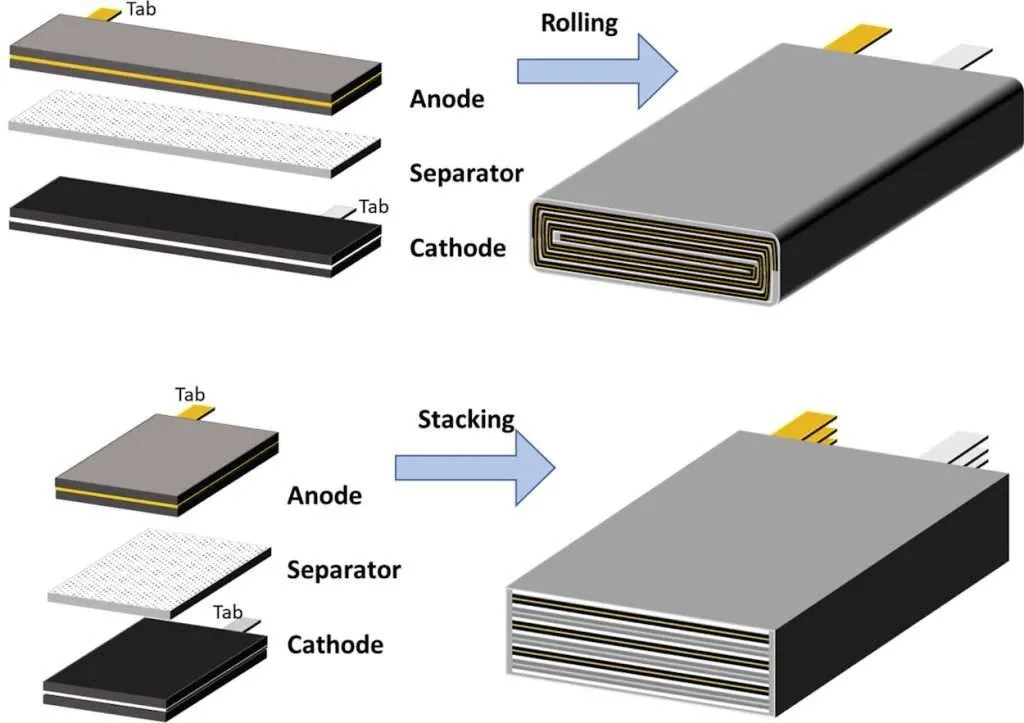
A Gycx solare, La sicurezza è il fondamento di ogni sistema che progettiamo. IL Batteria impilabile I prodotti che utilizziamo sono scelti appositamente per le loro caratteristiche di sicurezza e sono installati secondo standard rigorosi. Ci immerciamo più in profondità nella meccanica, benefici, e protocolli di sicurezza delle batterie impilanti.
Cosa fanno le batterie impilanti?
Perché le moderne soluzioni di accumulo di energia sono spesso progettate come "impilabili" sistemi? Qual è la funzione e il beneficio effettivo di questo approccio modulare? Impilando le batterie si basano sul raggiungimento della scalabilità ed efficienza nella progettazione di stoccaggio energetico.
"Pillamento" I moduli a batteria progettati consentono di farlo Costruisci un più grande, Sistema di accumulo di energia personalizzato da blocchi standardizzati. Elettricamente, Ciò significa che puoi collegare i moduli in parallelo per aumentare la capacità energetica totale (in kwh) e output di corrente, o in serie per aumentare la tensione totale del sistema. Fisicamente, consente un altamente organizzato, Efficienza dello spazio, e installazione densa, Il che è un grande vantaggio nelle case o nelle imprese limitate allo spazio.
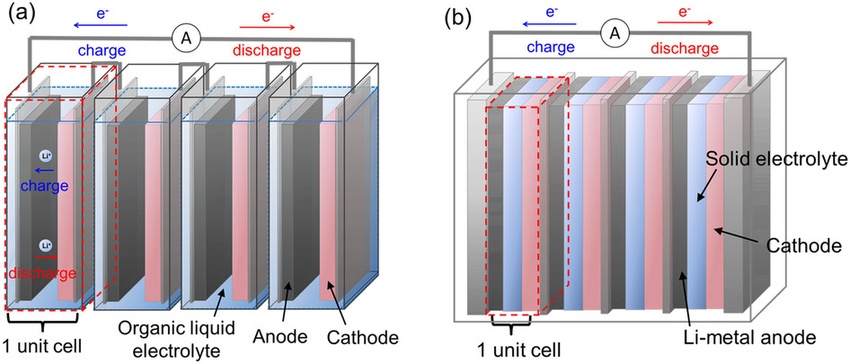
Immergersi più in profondità: Lo scopo di un approccio modulare
Le funzioni fondamentali di un sistema di batterie impilabili sono:
- Scalabilità: Questo è il vantaggio principale. Puoi iniziare con una capacità che soddisfa le tue esigenze e il tuo budget attuali, e poi aggiungi facilmente moduli più identici in seguito se il consumo di energia aumenta (Per esempio, Se acquisti un veicolo elettrico). Questo "pay-as-you-crow" Il modello è sia flessibile che economico.
- Personalizzazione: Ci consente come progettisti di sistema di creare un banco della batteria con la precisa capacità KWH richiesta per il tuo profilo di carico unico, piuttosto che essere limitato a una o due dimensioni fisse.
- Efficienza dello spazio: Impilando verticalmente, o direttamente (Se progettato per questo) o all'interno di un gabinetto professionale o rack da 19 pollici, Puoi ospitare una grande quantità di accumulo di energia in un'impronta di pavimento molto piccola. Questo è prezioso negli appartamenti, condomini, o aziende in cui lo spazio è un premio.
- Facilità di installazione e servizio: I moduli standardizzati con connettori appositamente costruiti possono semplificare il processo di installazione. Se un modulo dovesse avere un problema per anni, Può spesso essere assistito o sostituito senza dover sbagliare l'intero banco della batteria.
Per la maggior parte dei sistemi residenziali e commerciali solari GYCX, Usiamo l'impilamento per parallelo 48V LFP1. (Fosfato di ferro al litio) moduli, Costruire la quantità perfetta di archiviazione KWH da abbinare agli array solari dei nostri clienti.
Le batterie impilanti aumentano la tensione?
Questa è una domanda elettrica comune. L'atto fisico di posizionare le batterie una sopra un altro aumenta automaticamente la tensione del sistema?
NO, Le batterie ad impilamento fisico non aumenta intrinsecamente la tensione. La tensione del banco della batteria è determinata da come sono i moduli collegato elettricamente insieme. Per aumentare la tensione, È necessario collegare i moduli in serie. Se li colleghi parallelo, che è più comune per aumentare la capacità di archiviazione solare, La tensione rimane la stessa, ma la capacità (In amp-ore o AH) aumenta.
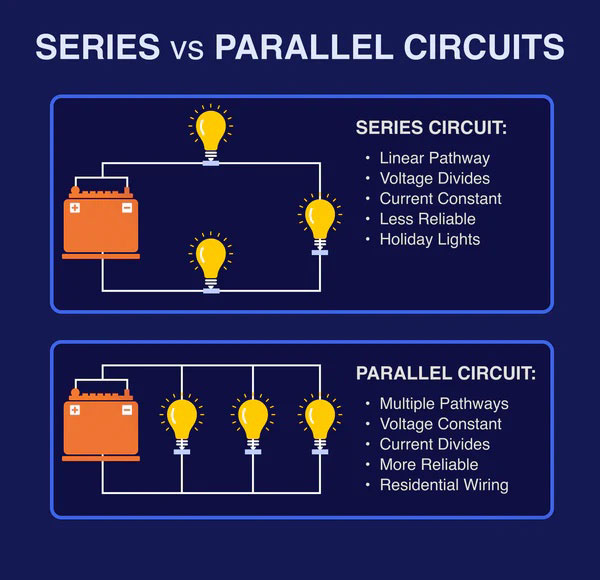
Immergersi più in profondità: La realtà elettrica dello impilamento
Chiariamo i due tipi di connessione fondamentali:
- Connessione in serie (per aumentare la tensione):
- Colleghi il positivo (+) Terminale della prima batteria in negativo (-) Terminale del secondo, e così via, Creare una catena.
- La tensione totale è la somma delle singole tensioni della batteria. (PER ESEMPIO., Due moduli da 48 V in serie = un sistema 96V).
- Il totale dell'amplificatore (Ah) La capacità rimane quella di un singolo modulo.
- Connessione parallela (per aumentare la capacità):
- Colleghi tutto il positivo (+) terminali insieme e tutti i negativi (-) terminali insieme.
- La tensione totale rimane la stessa di un singolo modulo (PER ESEMPIO., Collegamento di due moduli 48 V in parallelo risultati in un sistema a 48 V).
- Il totale dell'amplificatore (Ah) La capacità è la somma delle capacità dei singoli moduli (PER ESEMPIO., Due moduli da 100ah in parallelo = una banca di 200h).
Per la maggior parte dei moderni sistemi di accumulo di energia solare, come il Batteria impilabile soluzioni che Gycx Solar fornisce, L'obiettivo è costruire una banca 48v ad alta capacità. Perciò, Impostamo fisicamente i moduli 48 V in un rack e li colleghiamo elettricamente in parallelo per ottenere il KWH totale desiderato.
Le batterie dello stack di alimentazione durano più a lungo?
Questa è una domanda eccellente e perspicace. Creando una più grande "Power Stack" Aggiungendo più batterie in realtà rendono il sistema durare più a lungo in termini di anni e cicli? La risposta è un "sì sfumato e potente."
Mentre i singoli moduli della batteria hanno la stessa durata intrinseca, UN più grande, Il sistema batteria impilato di dimensioni corrette può infatti più significativamente più a lungo di uno più piccolo che alimenta gli stessi carichi. Questo perché il lavoro quotidiano è condiviso su più cellule, portando a Cicli di scarico più superficiali per ciascun modulo. Una batteria che viene scaricata solo 30% Ogni giorno durerà molti più cicli di una batteria che viene scaricata 80% ogni giorno. Perciò, Riducendo lo stress giornaliero su ogni batteria, L'intera vita operativa dell'intero sistema è estesa.
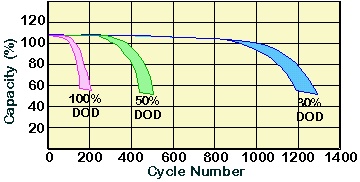
Immergersi più in profondità: Il bonus di longevità della scalabilità
Usiamo un'analogia. Immagina di dover trasportare 40 kg di generi alimentari. Se una persona lo fa, È una tensione pesante. Se due persone condividono il carico (20kg ciascuno), La tensione su ogni persona è molto meno. Le batterie funzionano in modo simile.
- Vita ciclistica vs. Profondità di scarica (Dipartimento della Difesa): Ogni batteria di qualità ha un foglio specifico che mostra la sua durata del ciclo a diversi livelli di DOD. Per esempio, Una batteria LFP di alta qualità potrebbe essere valutata per:
- 3,000 cicli a 80% Dipartimento della Difesa
- 6,000 cicli a 50% Dipartimento della Difesa
- Un esempio del mondo reale:
- Supponiamo che i tuoi usi domestici 5 kwh di energia dalla batteria ogni notte.
- Scenario a (Una batteria da 10kWh): Scarichi la batteria di 50% Ogni notte (5KWH usato / 10Capacità KWH). Puoi aspettarti approssimativamente 6,000 cicli, o più 16 Anni di uso quotidiano.
- Scenario b (Una batteria da 6kWh): Scarichi la batteria di circa 83% Ogni notte. Questo ciclo più profondo potrebbe significare che la batteria dura solo 3,000 cicli, o appena più 8 anni.
- Il vantaggio di impilare: Installando un più grande, Sistema impilato (PER ESEMPIO., 15KWH o 20kWh), Il tuo utilizzo notturno da 5kWh si traduce in un Dod molto più superficiale (33% O 25%). Questo mette la batteria in uno stato di stress molto basso, estendendo drasticamente la sua potenziale durata del ciclo ben oltre il periodo di garanzia.
Gycx Solar Story: "Spieghiamo sempre questo vantaggio di longevità ai nostri clienti. Investire in un banco della batteria leggermente più grande in anticipo significa spesso che non dovrai pensare alla sostituzione della batteria per un molto, molto tempo. È un investimento sia nella capacità che nella durata."
Quanto possono essere impilate le batterie alte?
Quando si pianifica un'installazione, Soprattutto in uno spazio compatto, Conoscere i limiti fisici è essenziale. Quanto in alto puoi effettivamente impilare questi moduli batteria?
L'altezza massima per le batterie ad impilamento è determinata interamente da Specifiche del produttore e metodo di installazione (Impilamento diretto vs. Montaggio del rack). Per i moduli della batteria appositamente progettati per direttamente, Impilamento ad incastro, Il produttore indicherà un limite chiaro, ad esempio 4, 6, O 8 unità alte. Per le batterie a rack server, Il limite è determinato dal Capacità di altezza e peso certificato del rack o del mobile dell'attrezzatura Sono installati in. Non è mai sicuro superare questi limiti specificati.
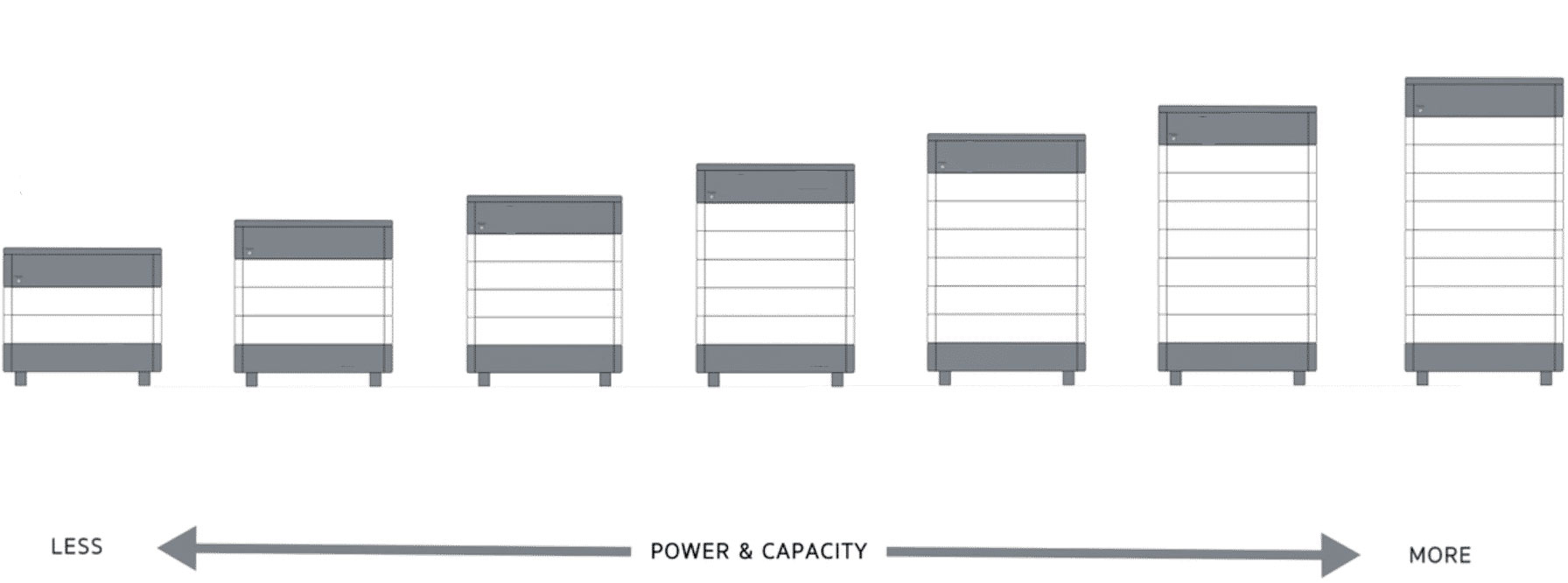
Immergersi più in profondità: Rispettando i limiti strutturali e di sicurezza
Ecco come determinare l'altezza di impilamento sicuro:
- Impilamento diretto: Se i moduli della batteria sono progettati con involucri ad incastro, Il manuale di installazione del prodotto è la tua guida assoluta. Specificherà il numero massimo di moduli che possono essere impilati a un livello, superficie stabile. Questo limite si basa sull'integrità strutturale degli involucri e sulla stabilità della torre risultante.
- Rack/mobile impilamento: Questo è il metodo più comune e professionale per costruire pile più grandi.
- Altezza del rack (U-spazio): I rack sono misurati in "u" unità (1U = 1.75 pollici). Un rack 24U ha meno spazio verticale di un rack 42U. Puoi impilare tutti i moduli che si adattano fisicamente, lasciando uno spazio adeguato per la ventilazione.
- Capacità di peso: Questo è un critico, limite spesso trascurato. Un rack di apparecchiature standard ha una capacità di peso specifica (PER ESEMPIO., 500 kg, 1000 kg). Ogni modulo batteria può essere pesante (PER ESEMPIO., 40-50 kg). È necessario sommare il peso di tutti i moduli pianificati e assicurarti che non superi il limite certificato del rack.
- Ancoraggio: Per sicurezza, Qualsiasi rack alto o pesante, Soprattutto in un posto come Singapore, dovrebbe essere ancora in modo sicuro al pavimento (E a volte il muro) per prevenire qualsiasi rischio di ribaltamento.
- Considerazioni termiche: Le batterie impilanti alte in un mobile richiedono anche pensiero sulla dissipazione del calore. Il calore aumenta, Quindi i moduli nella parte superiore possono diventare più caldi. Gli armadietti a batteria professionali sono spesso progettati con ventilazione o sistemi di ventole per garantire una temperatura costante in tutto lo stack, Il che è vitale per la salute della batteria nel nostro clima caldo.
A Gycx Solar, Il nostro processo di installazione include una valutazione completa di questi fattori. Ci assicuriamo che ogni stoccaggio della batteria impilabile Il sistema è installato in un modo non solo elettricamente sano ma anche meccanicamente stabile e sicuro a lungo termine.
COSÌ, È sicuro impilare le batterie? sì, Quando usi moderno, modulare Batteria impilabile sistemi che sono specificamente progettati a tale scopo e installati professionalmente. Lo stacking ti consente di creare un potente, Soluzione di accumulo di energia scalabile. Dimensionando correttamente lo stack, Puoi persino estendere la sua durata operativa.
Se sei interessato a esplorare come una cassaforte, scalabile, E il sistema di batterie impilabili di lunga durata può alimentare la casa o il tuo business, Il nostro team di Gycx Solar ha l'esperienza per guidarti. Contattaci oggi per una consulenza professionale!
Comprendere il concetto di LFP ti aiuterà a confrontare meglio e comprendere i concetti di dati relativi alla batteria. Questo ti aiuterà a selezionare il prodotto che si adatta meglio alle tue esigenze dalla nostra azienda. ↩
